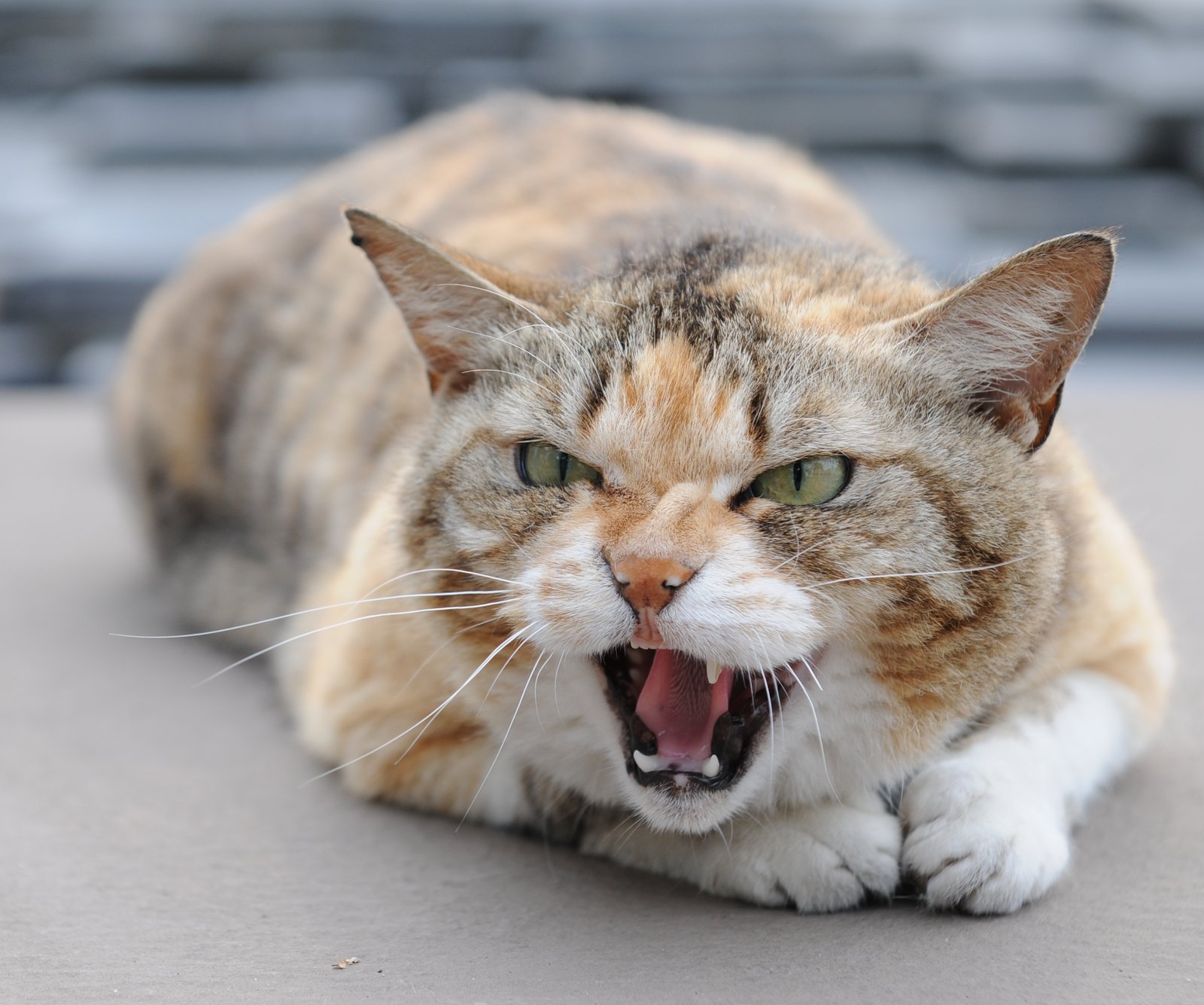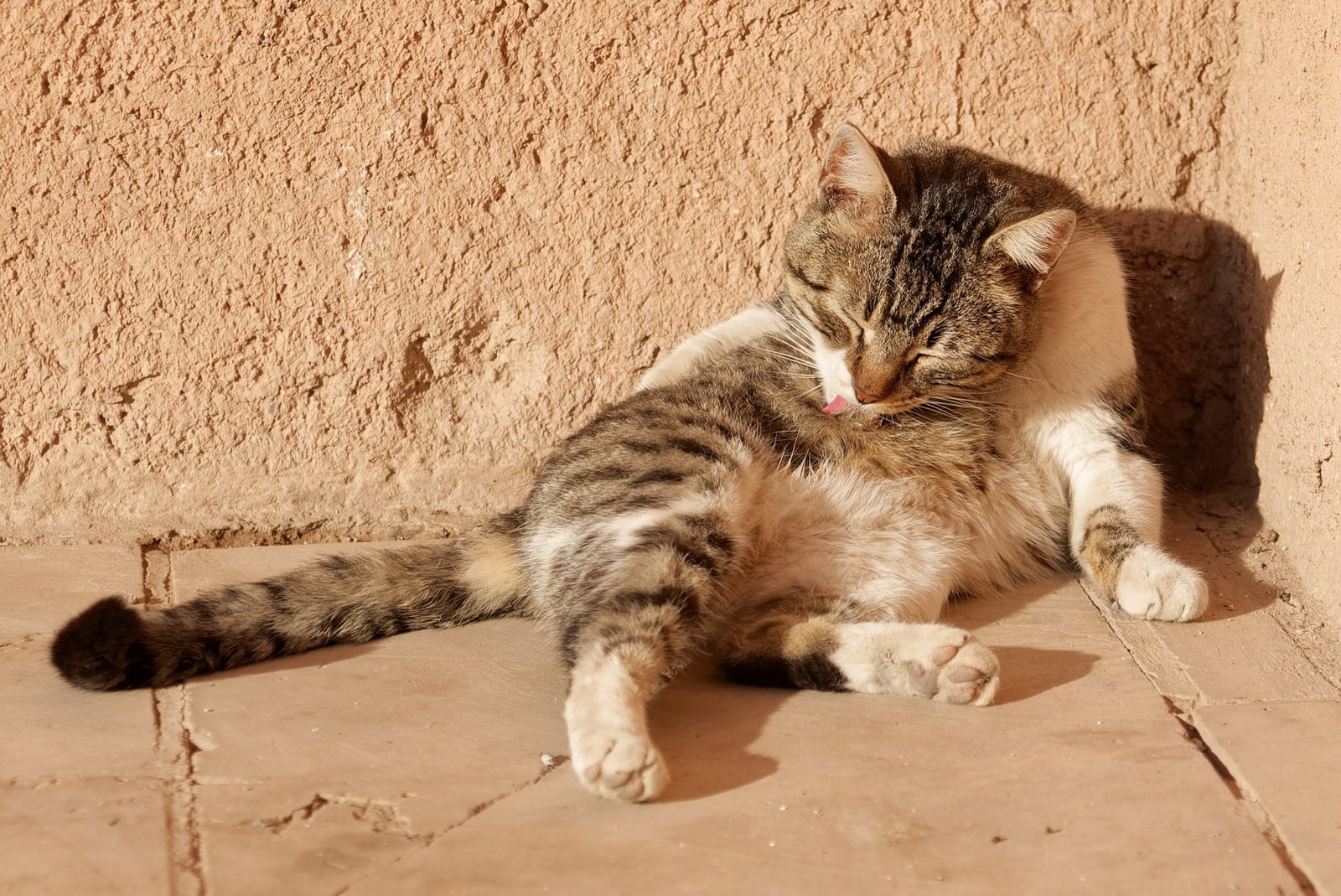Cats are known for their mysterious and often aloof nature, which can make it difficult for even the most observant pet owners to determine when something might be wrong. While some changes in behavior are simply quirks, others could be red flags signaling underlying health or emotional issues. Being able to distinguish between the two is crucial for the well-being of your feline friend. Let’s delve into the 12 red flags in cat behavior that could indicate problems.
Increased Aggression

Aggression in cats may manifest as biting, scratching, or hissing, and can occur suddenly without any apparent reason. While some cats are naturally more aggressive, a sudden change in temperament can indicate pain or illness. For example, a cat suffering from arthritis may lash out when touched. Additionally, aggression can be a result of stress or anxiety, perhaps due to changes in the environment, such as a new pet or moving to a new home. If your cat’s aggression seems out of character, it’s important to consult a veterinarian to rule out medical issues.
Excessive Grooming

Cats are fastidious groomers, but there is a fine line between normal grooming and excessive grooming. Over-grooming can lead to bald spots, skin irritation, and even infections. This behavior might be a sign of skin allergies or parasites like fleas. Alternatively, it could indicate stress or anxiety, particularly if there have been recent changes in the household. If you notice your cat grooming more than usual, it might be time for a vet visit to determine the root cause.
Sudden Weight Loss
A noticeable drop in weight is a concerning sign in cats and should never be ignored. Weight loss can be indicative of several health issues, such as hyperthyroidism, diabetes, or gastrointestinal problems. It’s essential to monitor your cat’s eating habits and ensure they’re consuming enough food. If your cat seems to be eating normally but still losing weight, a vet appointment is necessary to diagnose potential underlying conditions.
Lethargy or Low Energy Levels
Cats are known for their love of naps, but if your usually active kitty suddenly shows a lack of interest in play or seems unusually tired, it could be a sign of health issues. Lethargy can be related to infections, chronic diseases, or even depression. Pay attention to other symptoms such as changes in appetite or behavior. It’s crucial to act quickly to ensure your cat receives the necessary care and treatment.
Changes in Litter Box Habits

If your cat suddenly starts urinating or defecating outside the litter box, it could signal a problem. This behavior can be an indication of urinary tract infections, kidney disease, or diabetes. Sometimes, it might be a reaction to a dirty litter box or stress from a new environment. It’s vital to observe any accompanying symptoms like blood in the urine or frequent attempts to urinate, and contact your vet for a thorough evaluation.
Persistent Coughing or Wheezing
While a hairball-induced cough is normal, persistent coughing or wheezing is not. This could indicate respiratory issues, such as asthma, lung infections, or heart problems. If your cat has difficulty breathing or you notice any unusual respiratory noises, it’s important to seek veterinary attention immediately. Prompt diagnosis and treatment can prevent more serious complications down the road.
Excessive Vocalization

If your cat suddenly becomes much more vocal than usual, it might be trying to communicate distress or discomfort. Excessive meowing can be related to pain, anxiety, or cognitive dysfunction, especially in older cats. It might also indicate a desire for attention or an unmet need, such as hunger or a dirty litter box. Understanding your cat’s vocal patterns can help you determine when something is amiss and necessitates further investigation.
Hiding More Than Usual

Cats often hide when they are scared or anxious, but if your pet is spending more time in hiding than usual, it could be a sign of illness or stress. This behavior might be due to environmental changes or the presence of other animals that cause distress. Cats may also hide when they’re in pain or feeling unwell, making it essential to observe any other symptoms that could indicate a problem. Consulting a vet can help uncover any hidden health issues.
Decreased Appetite
A cat’s reluctance to eat can be a signal of health problems. Loss of appetite is a common symptom of various conditions, including dental issues, gastrointestinal problems, or infections. It could also be a sign of stress or depression. If your cat refuses to eat for more than 24 hours, it’s critical to seek veterinary advice to prevent further health complications. Ensuring your cat’s diet is palatable and suitable can also help address appetite issues.
Excessive Scratching or Biting

While scratching is a natural behavior for cats, excessive scratching or biting can indicate skin problems like allergies, fleas, or mites. It might also suggest anxiety or boredom. Providing your cat with appropriate scratching posts and monitoring its skin condition can help alleviate this behavior. If the scratching persists, a visit to the vet can help identify any underlying causes and provide relief for your feline friend.
Changes in Sleeping Patterns
Although cats spend a significant portion of their day sleeping, drastic changes in their sleeping patterns can be concerning. Sleeping more than usual might indicate illness or depression, while less sleep can be a sign of pain or discomfort. Observing your cat’s sleep behavior in conjunction with other symptoms can provide valuable insights into their overall health. Consulting with a veterinarian can help ensure your cat’s well-being.
Difficulty in Moving or Jumping
If your cat is having trouble moving or seems reluctant to jump or climb, it could be experiencing joint pain or arthritis. Older cats are particularly prone to these issues, but younger cats can also suffer from injuries or other conditions affecting mobility. Monitoring your cat’s movements and consulting a vet can help address any mobility issues and improve your pet’s quality of life.
In conclusion, understanding and recognizing these red flags in cat behavior is crucial for maintaining your feline friend’s health and happiness. By being observant and proactive, you can ensure your cat receives the care it needs and enjoys a long, healthy life.





